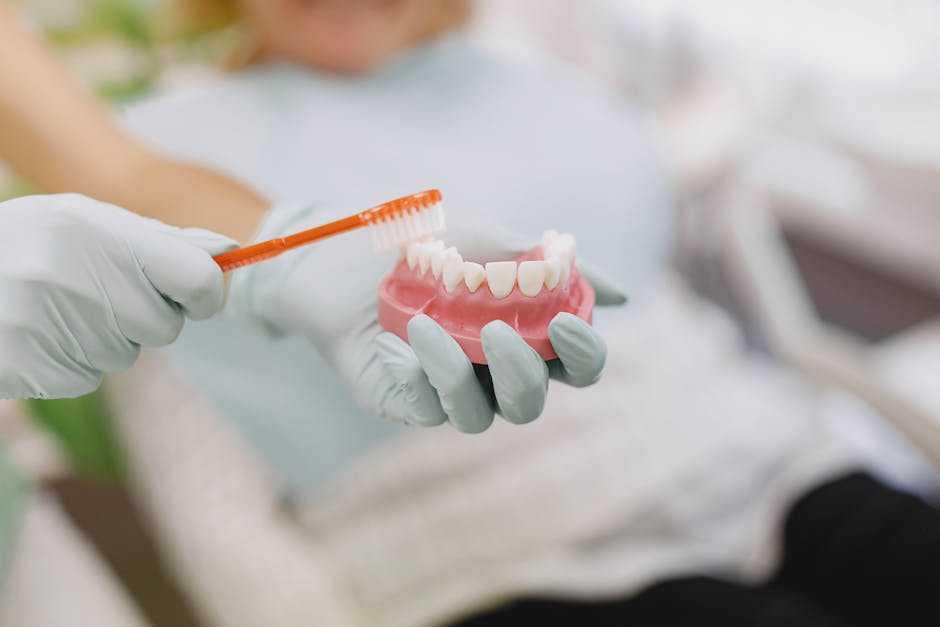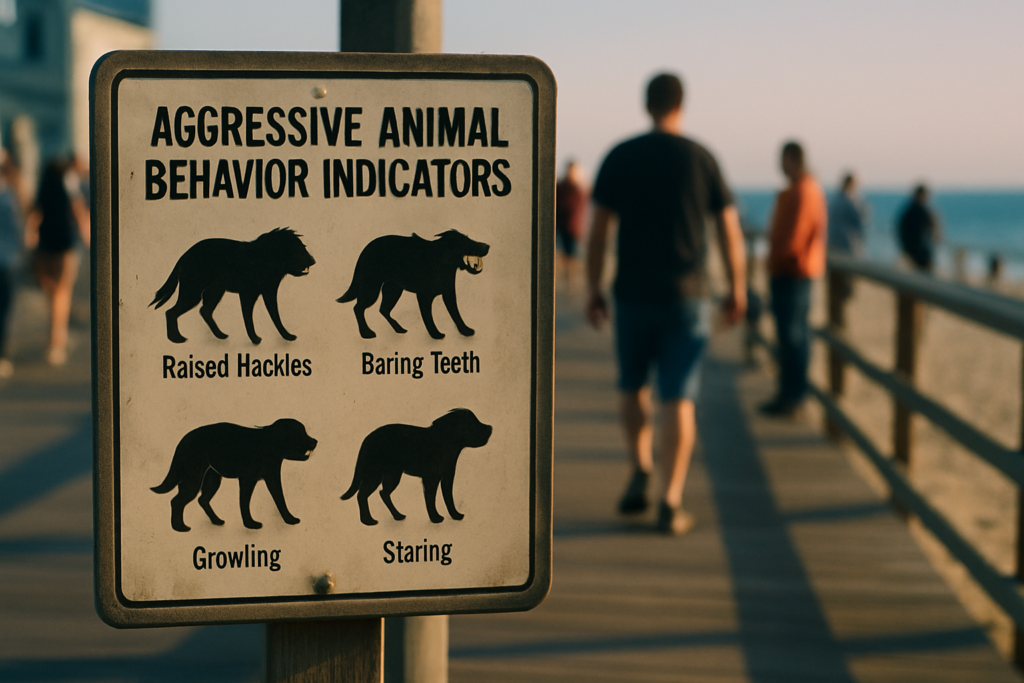Why Your Pet’s Dental Health Matters
Most pet owners don’t think twice about their dog or cat’s teeth until there’s a problem. But dental disease is one of the most common health issues in pets today. Plaque builds up faster than you’d expect, hardening into tartar that hides under the gumline. If it goes unchecked, that buildup turns into real damage: painful infections, loose or lost teeth, and even serious complications in the heart, liver, or kidneys.
The good news? Regular dental care works. A solid routine can reduce vet bills, avoid more invasive treatments later, and straight up add years to your pet’s life. It’s not just about fresh breath it’s about long term health. Making oral hygiene a priority isn’t a trend. It’s common sense.
Recognizing the Red Flags
Your pet might not be able to tell you when something hurts but their mouth often shows the signs first. Being able to recognize the early indicators of dental trouble can help you catch problems before they become serious.
Warning Signs to Watch For
Keep an eye out for these common signs that your pet may be developing dental issues:
Persistent bad breath: Often dismissed as normal, bad breath is actually one of the earliest and most obvious signs of dental disease.
Drooling or excessive salivation: Pets may drool more than usual if they are experiencing discomfort in their mouth.
Yellow or brown teeth: Visible plaque and tartar buildup can indicate poor dental hygiene and the beginning stages of periodontal disease.
Red or swollen gums: Inflammation can point to gingivitis or infection.
Behavioral Red Flags
Changes in how your pet behaves or eats can also suggest something isn’t right:
Pawing at the mouth or face: This might be your pet trying to relieve oral discomfort.
Reluctance to eat hard food: Difficulty chewing or dropping food while eating often signals mouth pain or dental sensitivity.
Withdrawal or irritability: Discomfort may cause changes in mood or social interaction.
Identifying dental issues early can prevent costly treatments down the road. If you notice any of these symptoms, it’s time to take a closer look or contact your veterinarian.
Daily & Weekly At Home Care

Let’s keep this simple: never use your toothpaste on your pet. Human formulas often contain xylitol or fluoride, both toxic to animals. Go with pet safe toothpaste flavors like poultry or beef that your pet might actually tolerate (or even like).
Brushing isn’t a one shot deal. Start slow. Begin by letting your pet sniff the toothbrush and taste the toothpaste. Then work up to touching the teeth, just for a few seconds at first. This isn’t an overnight success, it’s a habit you build.
In between brushes, dental chews and toys do some heavy lifting. But not all treats are created equal. Look for ones approved by the Veterinary Oral Health Council (VOHC) they’ll say so on the packaging. Bonus: they keep your pet occupied and help scrape off plaque.
Water additives and food mixes can give you extra mileage. These aren’t a replacement for brushing, but they help manage bacteria and freshen breath with minimal effort. Sprinkle it on food, mix into water, carry on.
Want more guidance? Check this out: More techniques here: pet teeth cleaning.
Know When to Call the Vet
Annual dental exams aren’t optional they’re the foundation of good oral health care for your pet. Even if everything looks fine on the surface, there’s a lot that can go wrong under the gumline. Professional checkups catch early signs of disease you won’t spot on your own, like cracked teeth, infections, or bone loss.
Watch for red flags between visits. If your pet suddenly has bad breath, favors one side while chewing, drools more than usual, or avoids hard food, it’s time for a vet. Yellow or brown buildup along the gumline? That’s likely hardened tartar and could need a deep cleaning. X rays might be recommended if there’s swelling, unexplained pain, or suspected root issues.
A veterinary dental procedure usually includes cleaning both above and below the gumline, polishing to smooth the enamel, and, if needed, extractions or other targeted treatments. Your pet will be under general anesthesia this ensures a pain free and thorough process. It’s not just a cosmetic fix; these procedures can prevent long term health problems and improve your pet’s quality of life.
Long Term Prevention Strategies
Good dental care isn’t just about reacting it’s about staying ahead. Start with food. Not all kibble is created equal. Some are specifically formulated with textures or ingredients that help scrub plaque as your pet chews. Look for diets labeled as dental supportive and tested by veterinary bodies. These aren’t gimmicks; they can actually make a dent in buildup.
Between vet visits, do your own quick checks. Lift their lips, glance at the gum line, sniff their breath. You’re not looking for perfection just staying alert to changes. Redness, swelling, or sudden smelliness? Time to book that appointment.
Last piece: make a schedule and stick to it. Whether that’s brushing every other day, monthly mouth checks, or marking vet cleanings on your calendar routine is what turns good intentions into results. Start small, stay steady.
Check out this detailed routine guide: pet teeth cleaning
Simple Actions, Big Health Result
Keeping your pet’s mouth healthy isn’t rocket science it’s about building simple habits and sticking with them. Daily brushing if possible, or at least a few times a week. Toss in vet approved dental chews. Check their mouth regularly. These aren’t big, flashy moves, but they work.
The thing is, your pet can’t tell you when something’s off. That drool you wiped off the couch? Could be a sign of gum irritation. That bad breath? Probably not from the food you give them. Oral care is part of their overall well being, just like walks or a good diet.
Don’t wait for a problem to show up. Stick to a routine, keep it simple, and stay ahead of the curve. Their smile and breath will prove it’s worth it.


